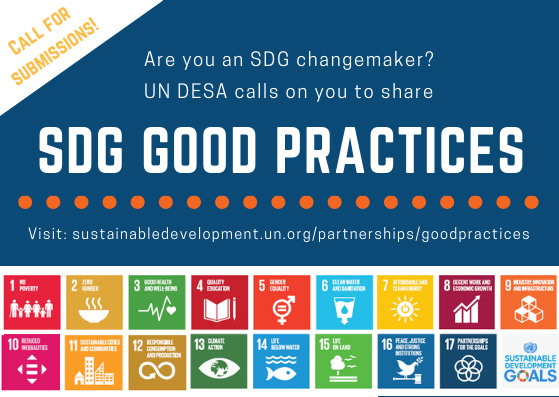Gold Standard for the Global Goals - A best practice standard to quantify, certify and maximize impact to the SDGs
Description
Gold Standard for the Global Goals is a best practice standard to quantify, certify and maximise impact toward climate security and the SDGs. The flexible standard allows for a wide range of activities to design their intervention for highest impact (with relevant safeguards, local stakeholder participation, and multiple SDG contributions) and quantify and assure that impact in the most credible ways. The standard was launched in 2017 and now features a number of certified projects around the globe.
The primary objective is to mobilise finance toward the SDGs and maximise the impact of every dollar invested toward sustainable outcomes. The best practice standard helps to de-risk investment in these activities, scaling the flow of finance, and enables robust quantification of impact for accurate tracking of progress toward the 2030 Agenda. <br />
Gold Standard for the Global Goals maps to SDG targets and indicators, requiring every certified intervention to contribute to climate security (SDG 13) plus two additional SDGs and measure outcomes in a rigorous and credible way, with independent third party verification. This has proven to be effective in carbon markets, where Gold Standard originally operated. The flexible new standard can now give financial-grade data to impact investors, helping to de-risk investment in higher-risk but high impact interventions, with the first certification of an impact investment fund expected later in 2019.
The standard was developed, built on more than 10 years experience creating and managing several disparate standards - for energy, land use & forests, water, and cities. Using best practices from these standards and with input from a wide range of academic, civil society, government and business stakeholders, the Gold Standard team launched Gold Standard for the Global Goals in 2017.
Our approach to carbon offset projects, which requires adherence to safeguards so that projects do no harm and carefully manage any potential trade offs due to SDG interlinkages, local stakeholder engagement, and the delivery of sustainable development benefits, has influenced carbon markets. The UN's Clean Development Mechanism (CDM) adopted our Sustainable Development Matrix as an optional add-on to CDM projects; in the voluntary carbon market, the most widely used standard (the Verified Carbon Standard or VCS) has begun to allow for a similar approach, reflecting demand in the market from buyers/project financiers -- thought this remains optional rather than mandatory as in Gold Standard's requirements.
As we now look to make credible impact certification mainstream through a wide range of sustainable interventions, including impact investment and development finance, Gold Standard for the Global Goals will help more vulnerable communities, especially in higher-risk developing countries, access finance for climate security and sustainable development.
Our recently appointed President, Yvo de Boer, is currently focused on bringing this concept to development banks and lobbying to embed the approach in policy instruments around the world.
As above.
--Standard documents themselves: https://globalgoals.goldstandard.org/
--Announcement of the commitment for Gold Standard for the Global Goals certification by impact investor BlueOrchard: https://regions20.org/sub-national-climate-fund-sncf-2/
--A sampling of projects that have been certified or are in the process of being certified to Gold Standard for the Global Goals: https://www.goldstandard.org/get-involved/make-an-impact
SDGS & Targets
Deliverables & Timeline
Resources mobilized
Partnership Progress
| Name | Description |
|---|
Feedback
Action Network


Timeline
Entity
Region
- Africa
Geographical coverage
Website/More information
Countries

Contact Information
Sarah Leugers, Director of Communications
